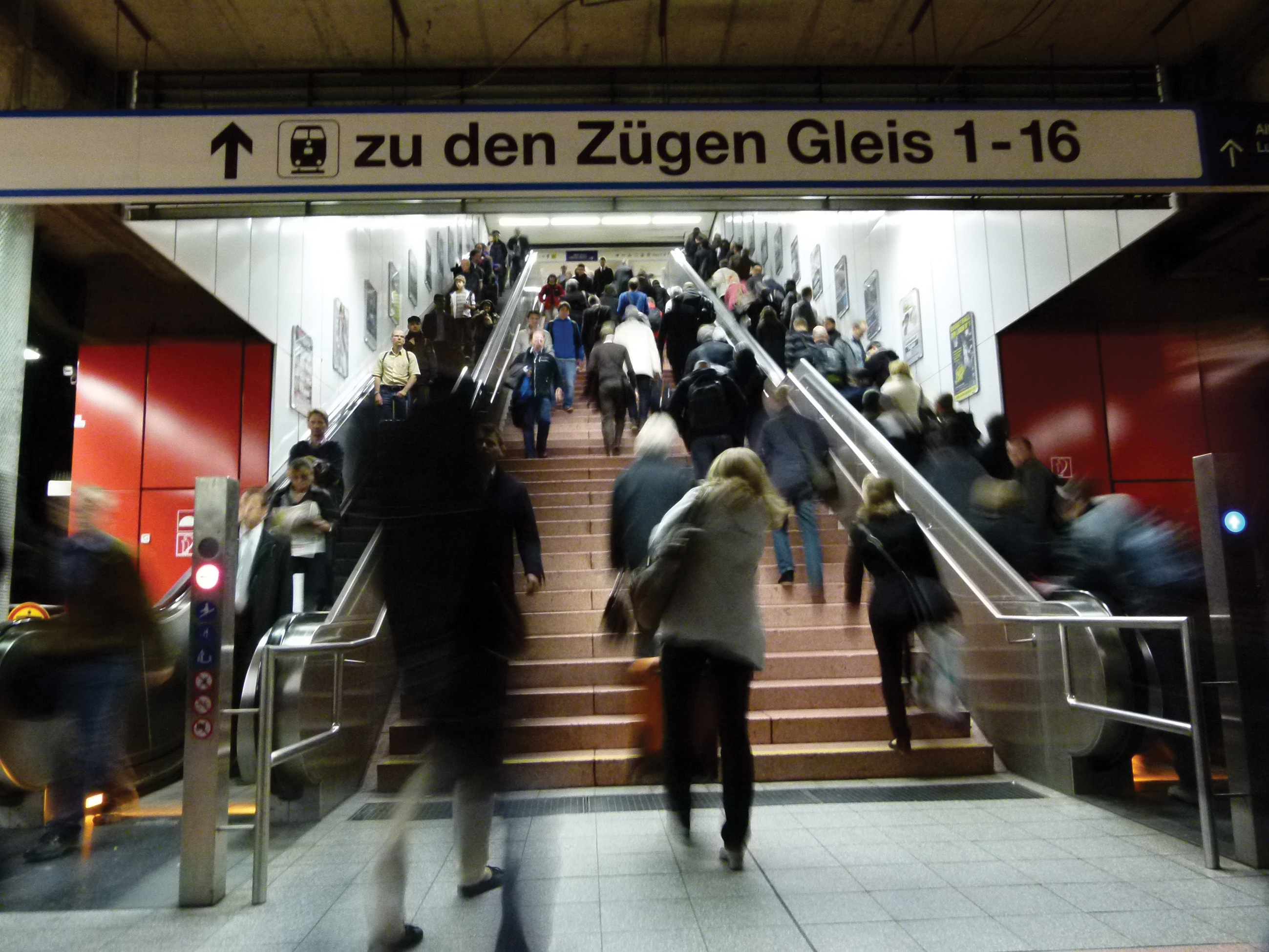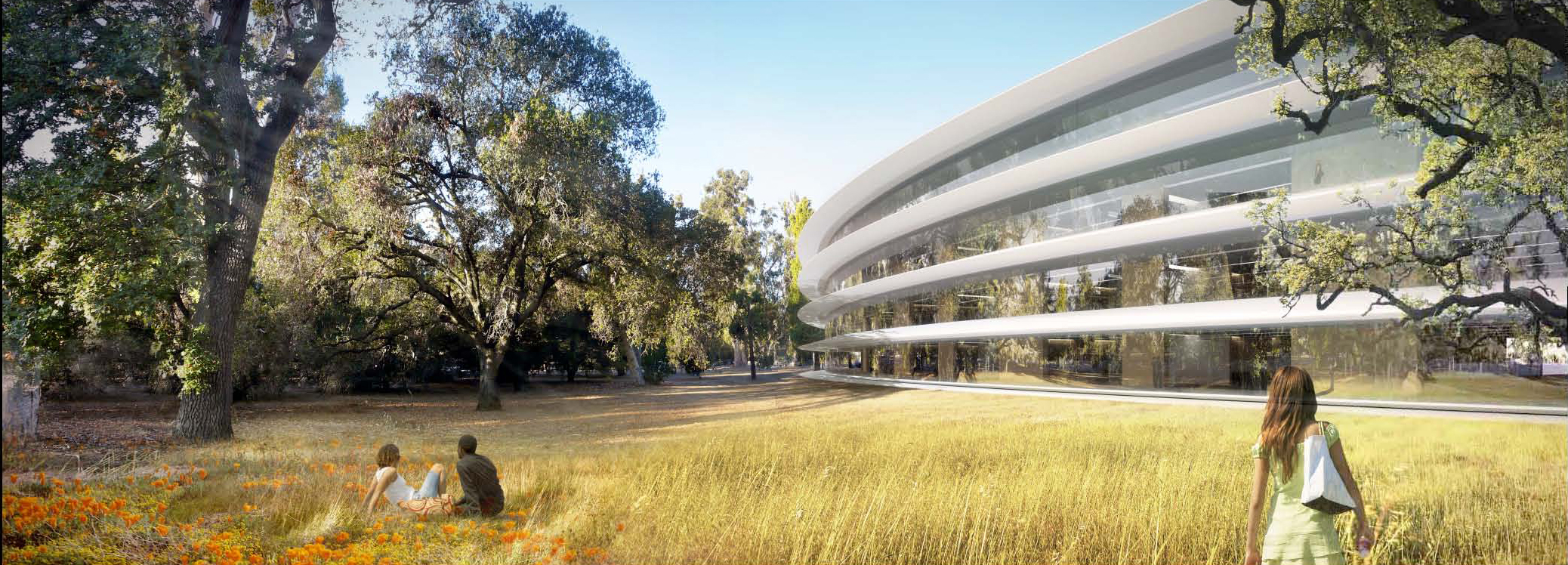Transportation agencies and governments are using ITS technology to protect critical infrastructure from terrorist attack and other threats to economic security and public safety. Andrew Bardin Williams reports. It is no secret that we live in a potentially dangerous world. Terrorism as seen on 9/11 in the United States, subsequent attacks in London, Moscow and Madrid and other acts of violence across the developing world have made vigilance the watchword for ensuring security. Key infrastructure is now bei

A show of strength is important for protection of the iconic Golden Gate Bridge
Transportation agencies and governments are using ITS technology to protect critical infrastructure from terrorist attack and other threats to economic security and public safety. Andrew Bardin Williams reports
It is no secret that we live in a potentially dangerous world. Terrorism as seen on 9/11 in the United States, subsequent attacks in London, Moscow and Madrid and other acts of violence across the developing world have made vigilance the watchword for ensuring security. Key infrastructure is now being guarded with resolution, in recognition of how critical it is for public safety and economic prosperity, with ITS technology increasingly viewed as an essential tool of protection measures.Iconic transit structures like the Golden Gate Bridge in San Francisco, the Brooklyn Bridge in New York and Victoria Station in London could be attractive targets. An effective attack on these structures could cause massive disruption to transportation and the host nation's social fabric. According to a UK government official specialising in infrastructure security, some acts aim merely to inflict superficial damage or cause public distress to draw attention to a particular cause, but others can be more violent and indiscriminate with far reaching consequences. Transportation agencies need to be on the lookout for both types, ensuring the safety and security of vehicles and their passengers.
But it is not just terrorism that has to be considered. Transport infrastructure is vulnerable to road traffic accidents, spills of hazardous materials and extreme weather events. ITS technology such as traffic management software, surveillance cameras, sensors and dynamic messaging is helping transit agencies protect transportation systems from all threats.
Integrated communications
Authorities fear that terrorists and criminals will attempt to find different ways of inflicting maximum damage. In August this year the Port of Houston's port commission chairman James Edmonds told a congressional hearing of the US Homeland Security Subcommittee on Oversight, Investigations & Management that if an attack shut down the Houston shipping channel, it could also shut down refining capability and trigger a devastating economic impact.According to the port authority, Houston is the largest port in the US in terms of ship arrivals and is home to the second largest petrochemical complex in the world. More than 50% of all gasoline consumed in the US is refined in the area.
Edmonds continued to say that great progress has been made in port security, but Al-Qa'ida and other terrorist groups continue to target energy tankers and offshore energy infrastructure because of their importance to the nation's economy and national security.
Security was not always a top priority for transportation agencies - especially prior to 9/11. According to the Port of Houston publication, the organization - and most other port authorities in the US - used to be more focused on safety rather than security. In 2001, Port of Houston's security operating budget was $4.1million. By 2011, it had grown to $15.7million, augmented over the last 10 years by more than $60million in federal grants aimed primarily at funding infrastructure and security hardware.
According to the Port, the first priority after 9/11 was coordinating communication between a myriad of local, state and federal agencies that had jurisdiction in the area; the result being construction of a high-tech Port Coordination Center. Now, the US
Traffic management as security
Communication and coordination also follow the flow of crude oil and its byproducts as they are transported further inland. The USOne programme at
Communication is key to ensuring uninterrupted flow of petrochemicals throughout the supply chain, says NTSCOE-P technical advisor James Bryant. By identifying congestion and potential bottlenecks with traffic management software, officials can respond quicker to events and restore normal operations.
Bryant says that ITS technology is especially crucial in traffic data collection and incident detection. Bryant, software company
Road sensors and surveillance cameras around the Houston area would feed data into traffic management software specifically developed for the petrochemical industry. Centralised in a traffic operations center in Houston, technicians would be able to analyse data in real time and reroute supply routes.
The technology is continuing to advance as self-navigating vehicles and vehicle to vehicle communications become more prevalent. Tanker trucks would be able to automatically identify road hazards, congestion and security events, rerouting themselves around the incidents.
Such a system would rely on careful integration of various traffic management centres, transportation authorities and law enforcement agencies. GEWI software would manage the data collection process while IBM orchestration software would ensure everything is integrated.
"It's important to use ITS technologies to coordinate activities between different groups and agencies," Bryant says. "That way they can use a multi-layered approach to security."
Deterrence
In addition to communication and interagency coordination, deterrence has been an effective security strategy for protection of transportation infrastructure.The Golden Gate Bridge in San Francisco carries up to 140,000 vehicles per day and hosts close to 10 million tourists every year at viewing sites at each end of the bridge. For such a high profile structure, the appearance of being secure is nearly as important as security apparatus itself.
"We're protecting a worldwide icon," says Golden Gate Highway & Transportation District bridge manager Kary Witt. "We need people to know we're here to protect them. An apparent lack of security would quickly erode public confidence." According to Witt, the district responds to 6,000 to 8,000 roadway incidents per month, from small traffic incidents to major accidents blocking the road over the bridge. It is imperative that events are handled immediately, the roadway cleared and then subsequent operations relating to the incident handed to a relevant agency from either side of the bridge. Witt maintains close communication with other agencies - the
Above all, Witt says, his agents try to be visible to the public without being a nuisance. While he was short on specific details for security reasons, Witt's visible surveillance apparatus includes cameras, fences and a uniformed police force. The district also uses miles of fence, high-tech road sensors and lighting, all with the aim of allowing drivers and visitors to breathe easier.
"We view the Golden Gate Bridge as a small town," Witt says. "Anything that can happen in a small town - petty crime, medical emergencies - can happen here.
We have to be prepared to meet those challenges." Beyond making a show of presence, the district's mission is to respond quickly to events and communicate with the public. Officers need to assess any situation, react appropriately and then get traffic moving again. Event detection sensors in the roadway give responders a head start, allowing the district to respond to any event on the bridge within four minutes, according to Witt. He can then use variable message signs at each end of the bridge to educate drivers about congestion or closed lanes, while communicating more widely by connecting with local traffic information services and media.
"The goal is always deterrence," Witt says. "We want potential terrorists to see that it's a lost cause trying to attack the Golden Gate Bridge."
Safety and security versus privacy
Anywhere you go in the free world, safety and security will bump up against privacy, but many transportation officials feel that the public is willing to give up something if it means they are more likely to get where they are going safely.Automated collection of tolls charged for crossing the Golden Gate Bridge is convenient for drivers but they sacrifice a small element of privacy since the district has their name, license plate number and a credit card on file. The tradeoff is that congestion is significantly reduced.
According to Witt, drivers used to have a consistent 20 minute delay when crossing the bridge. Now drivers are able to travel through the toll booths at 15mph - thanks in part to advanced ITS tolling technology.
"We try not to be intrusive," Witt says.
"We only do what's necessary to protect the bridge and the people who use it." While transportation officials are understandably reluctant to give specific details about the ITS solutions in use on their roadways, bridges and ports, it is clear that technology is playing a large role in securing transportation systems in the least intrusive manner and that role is only likely to grow stronger.
"It's important that transportation agencies factor ITS into their security policies now," our UK government source confirmed. "Use of ITS will only grow more prevalent in future."












